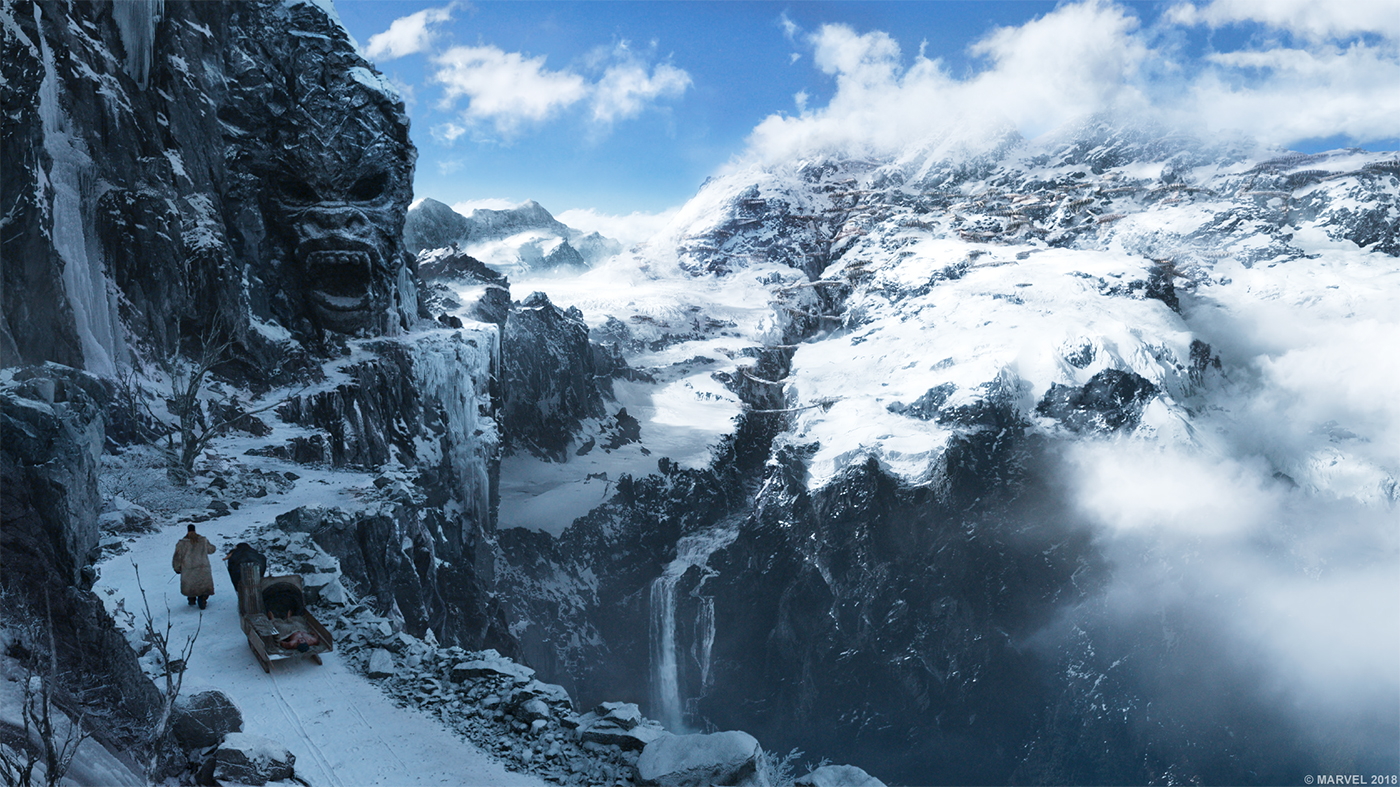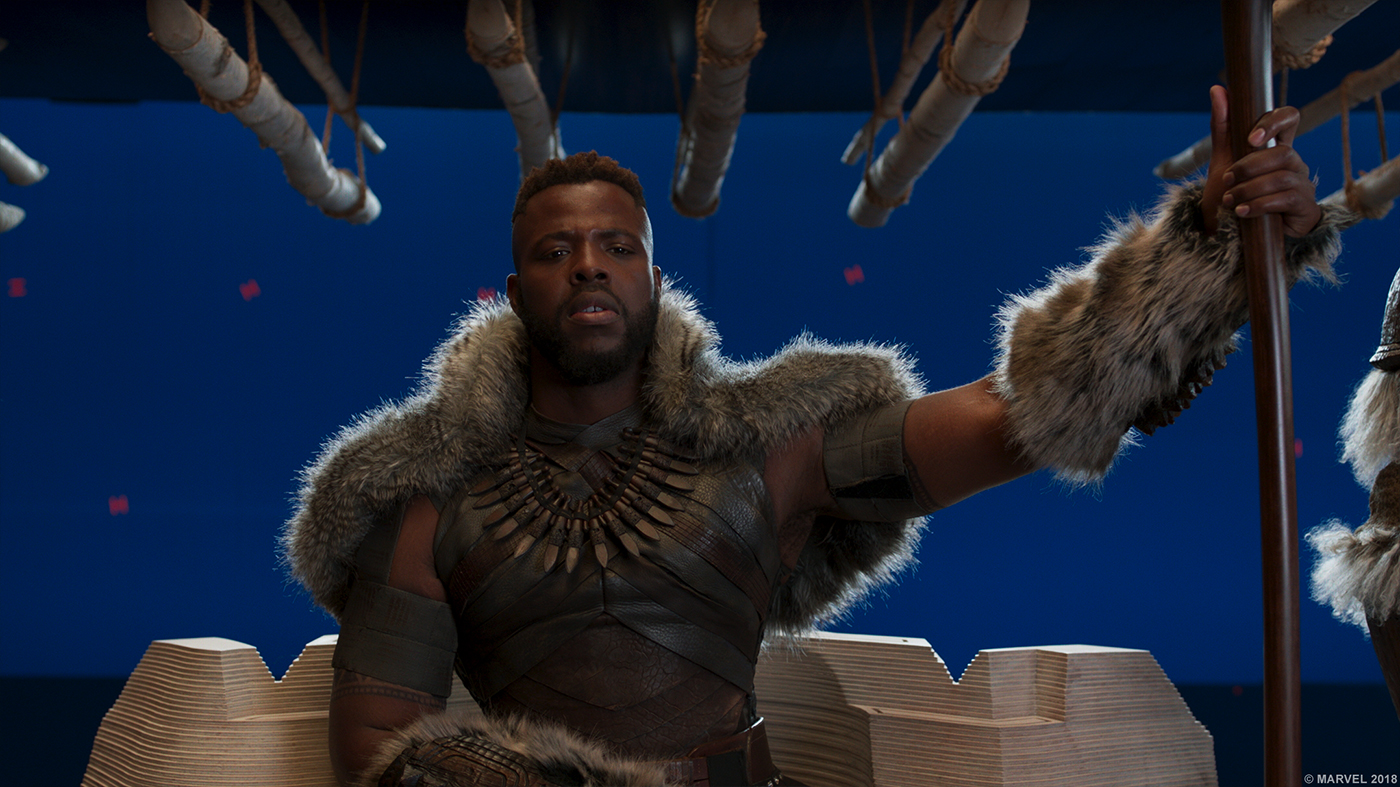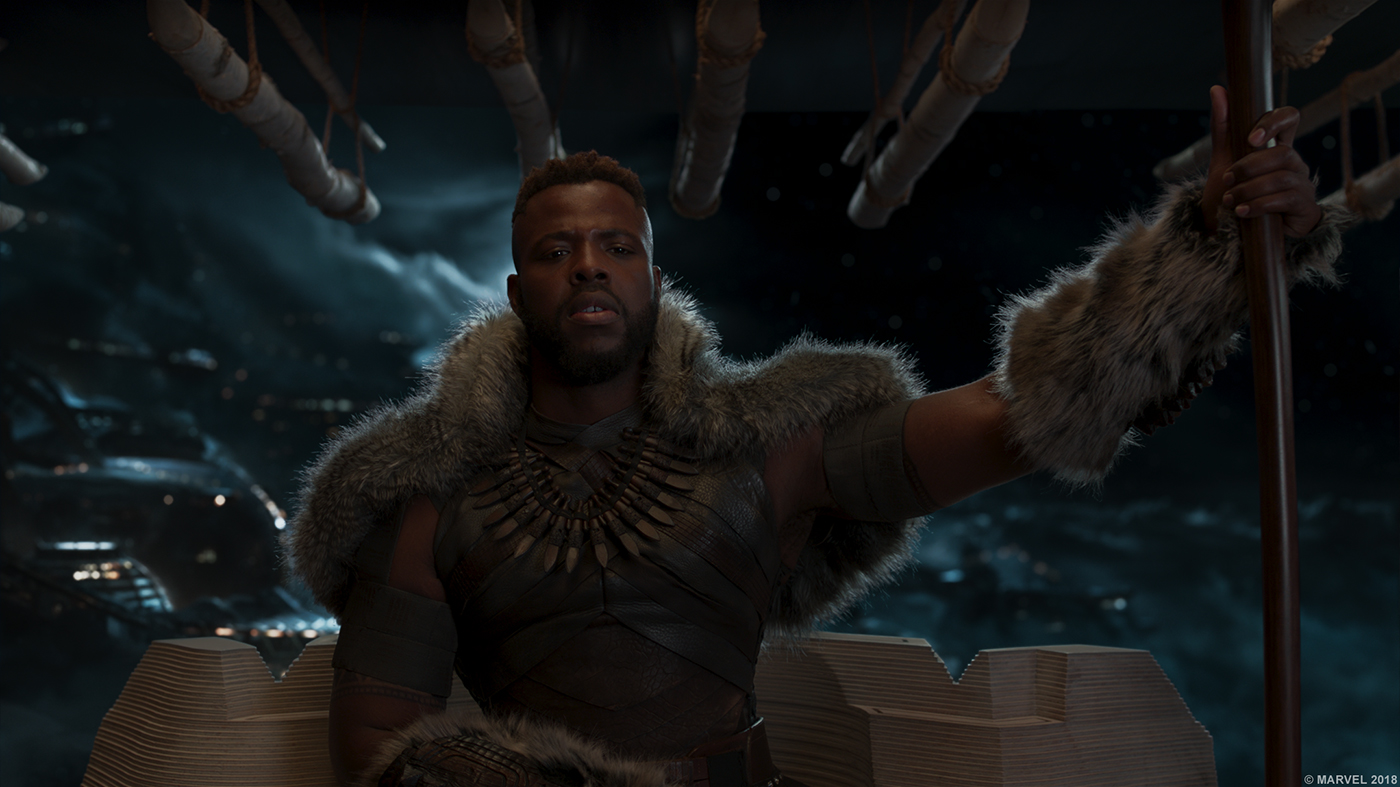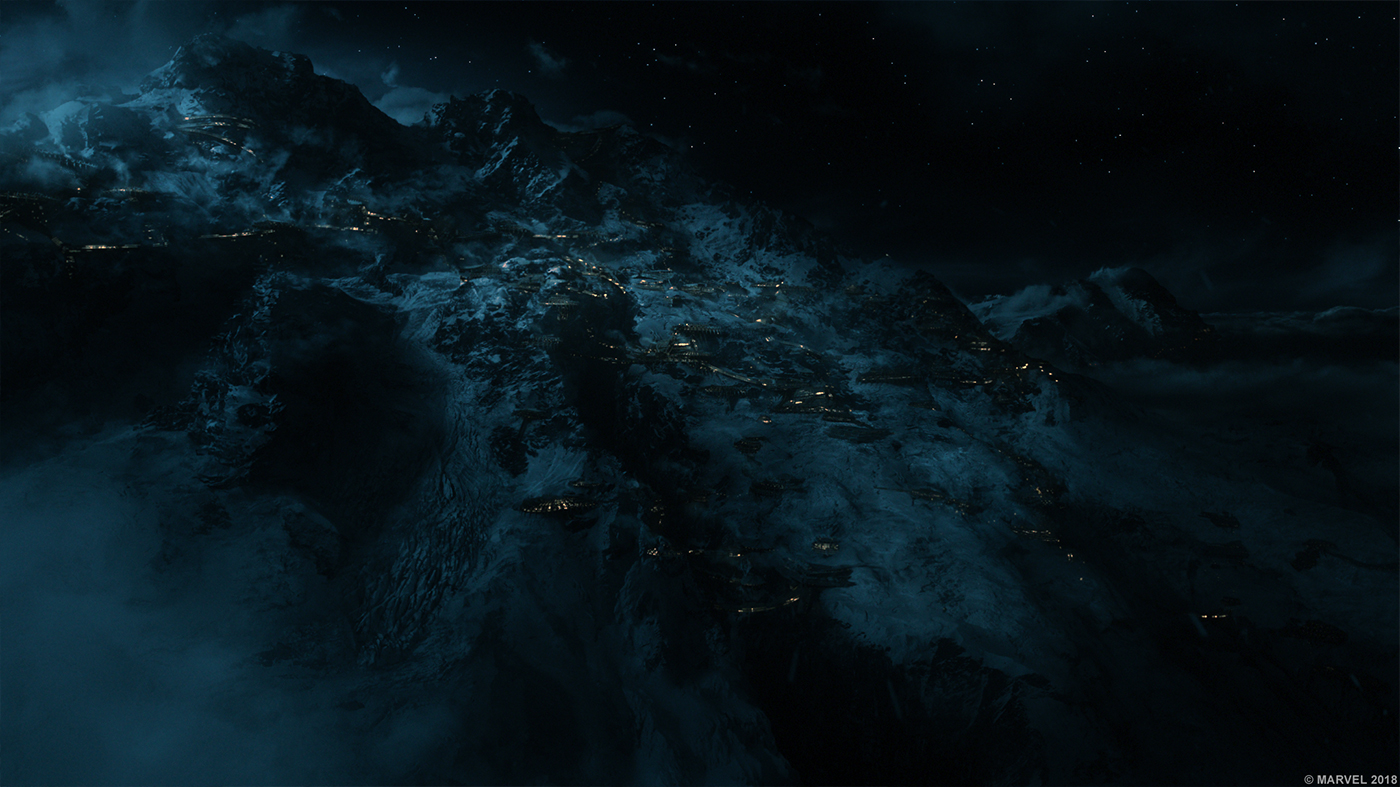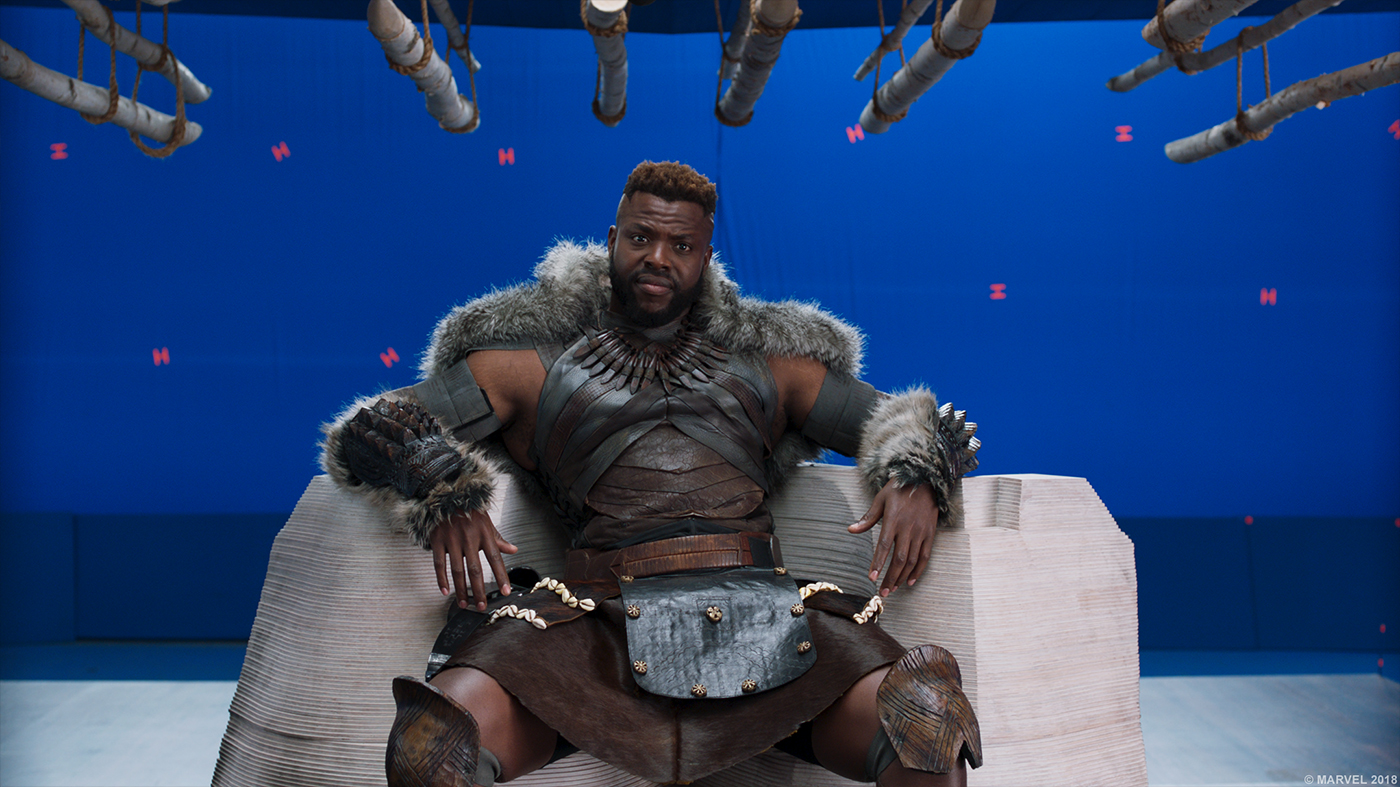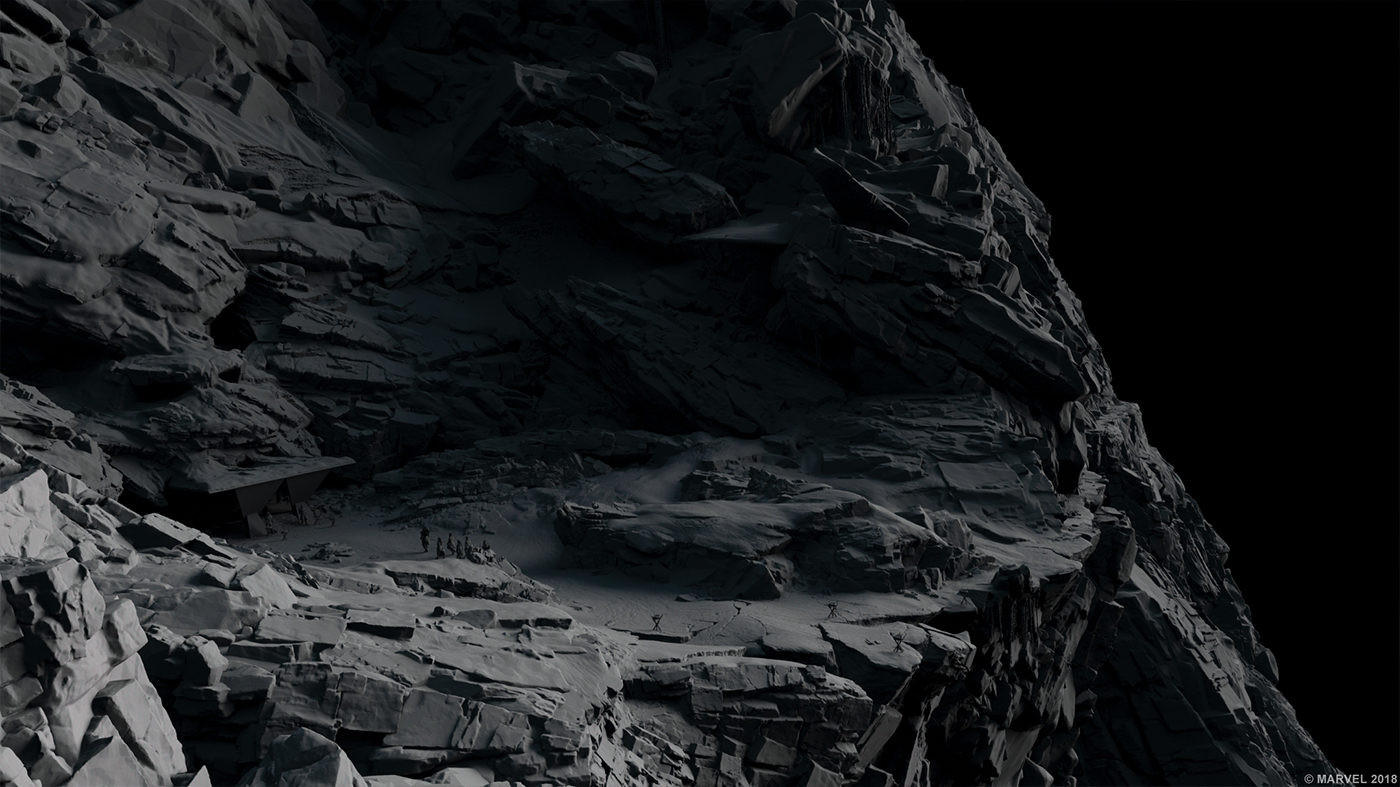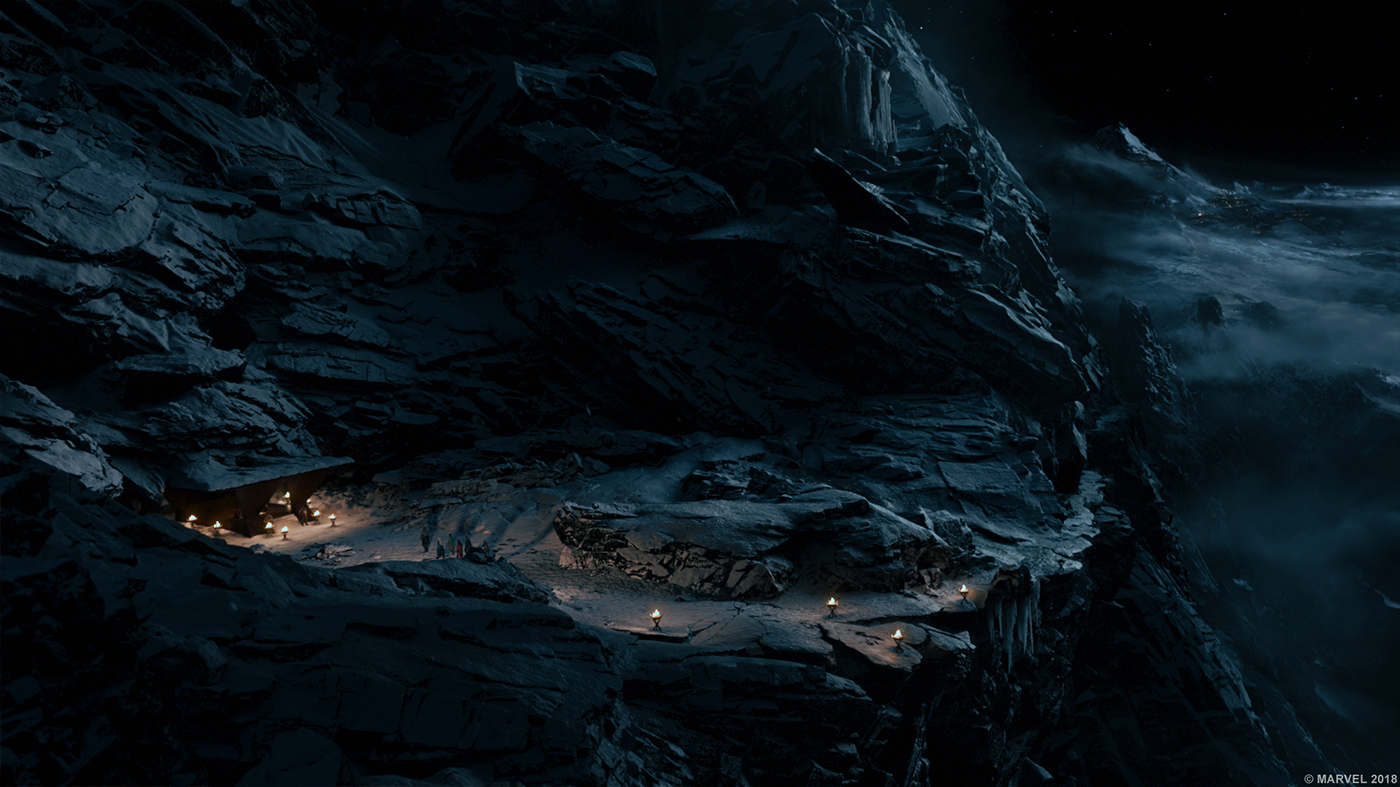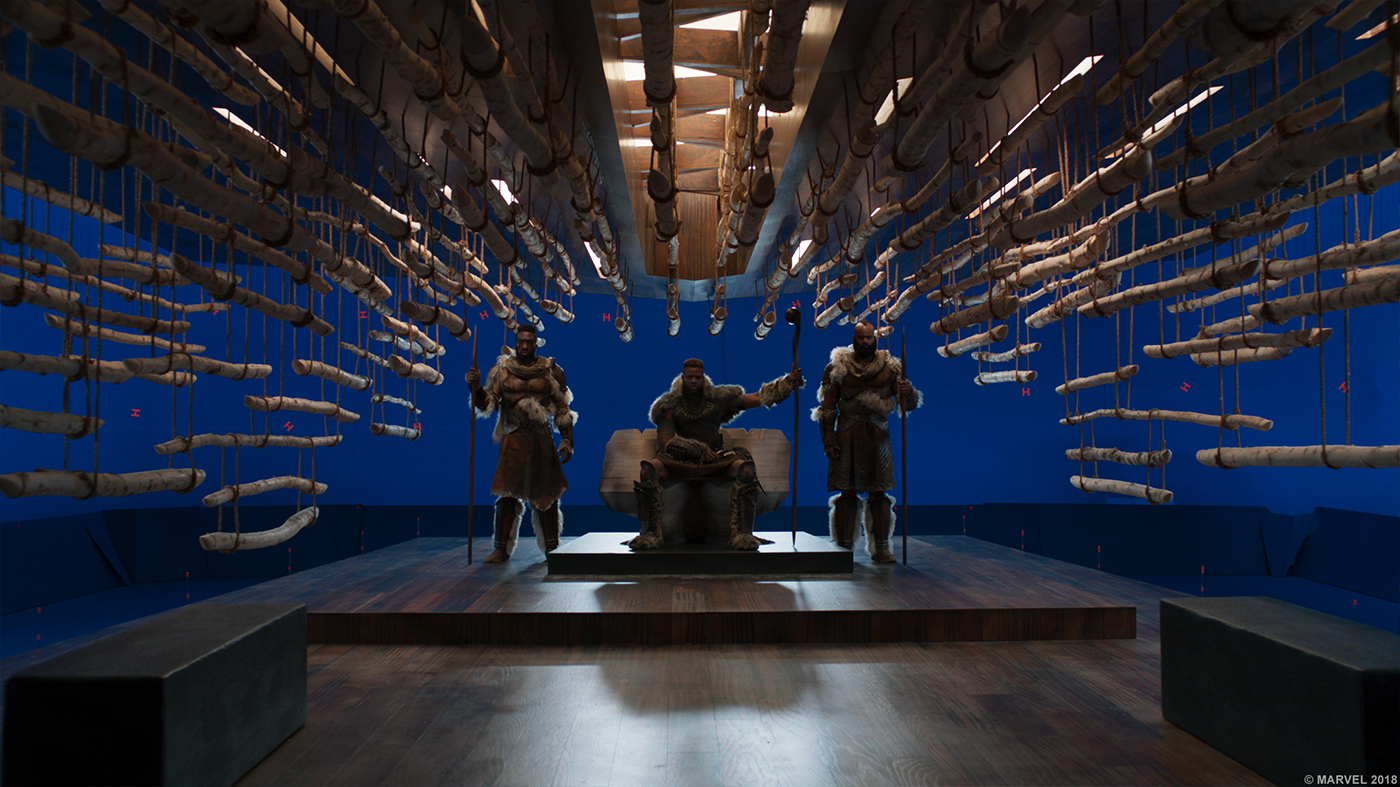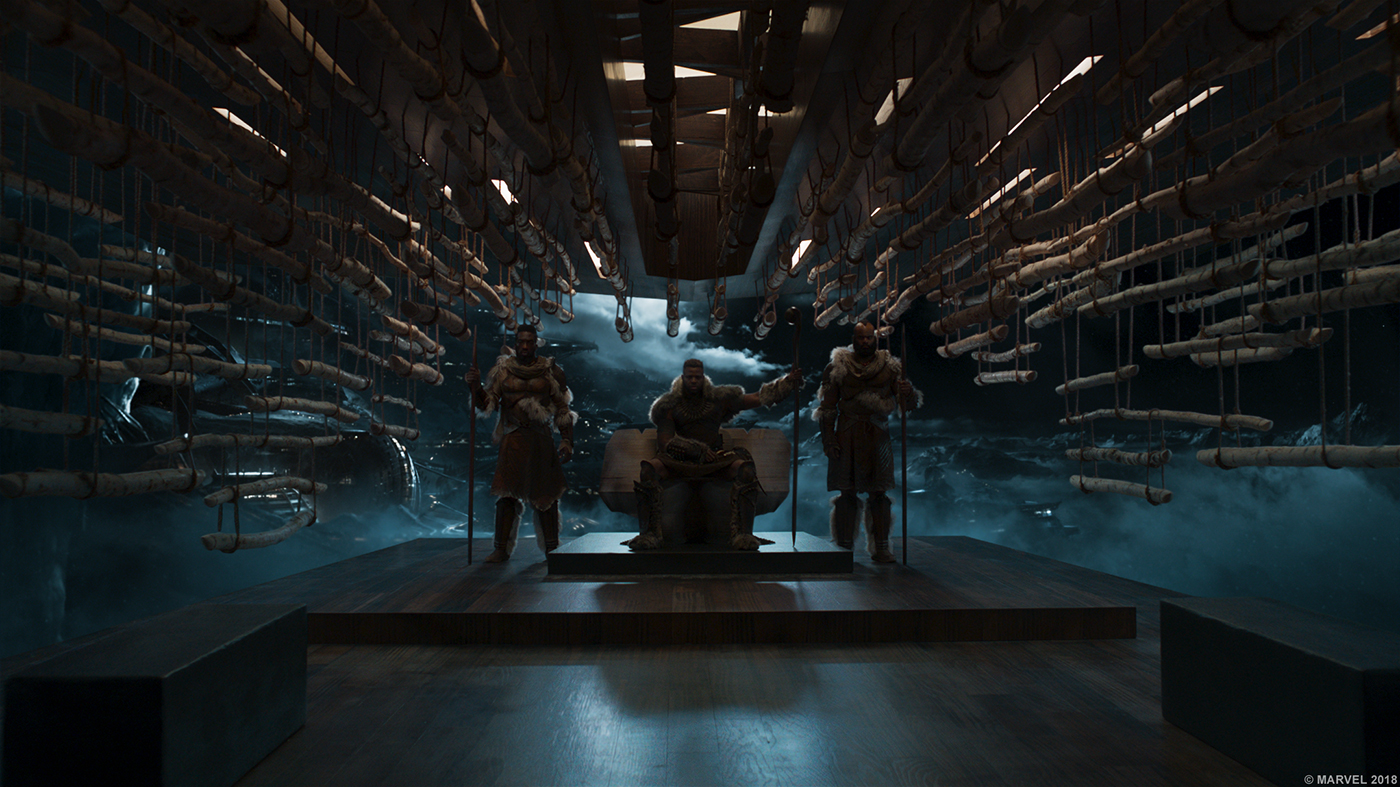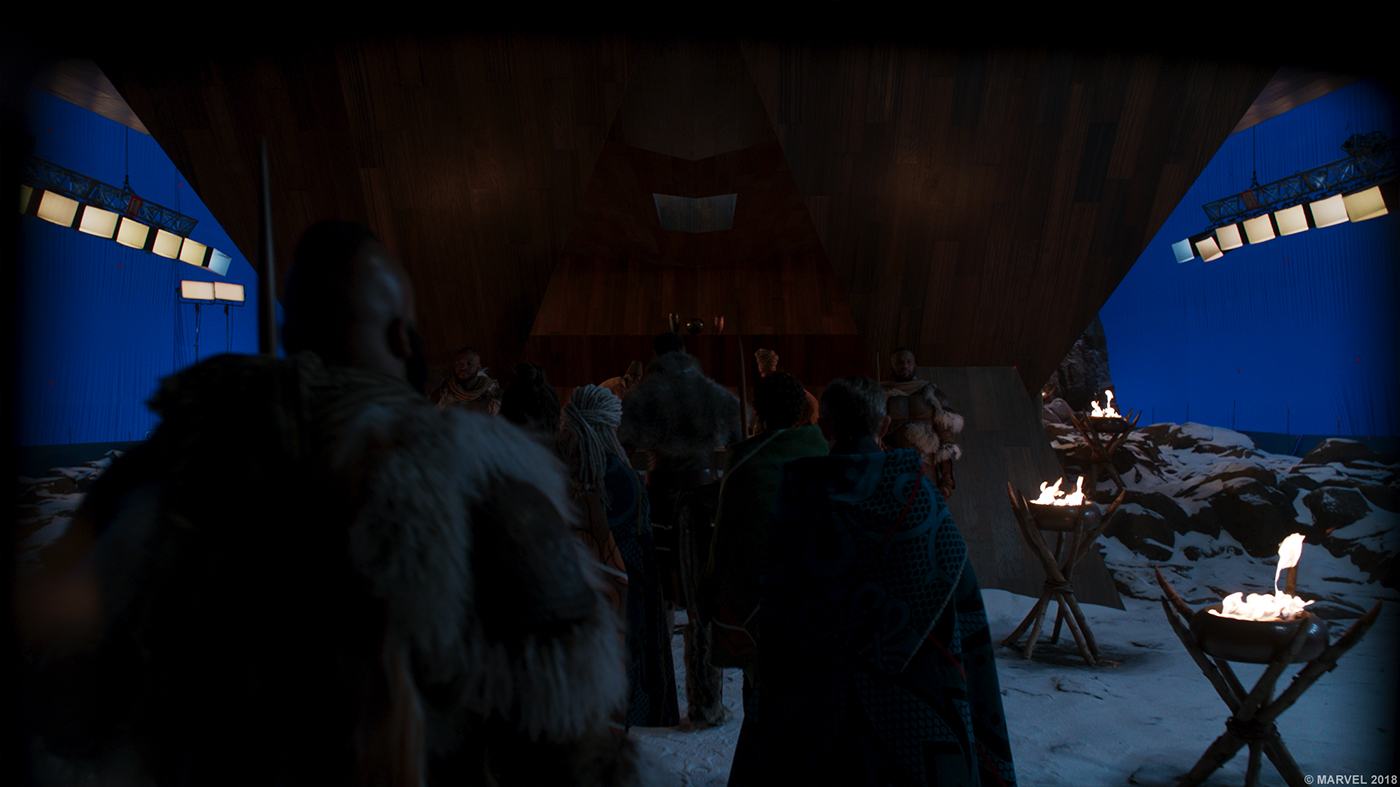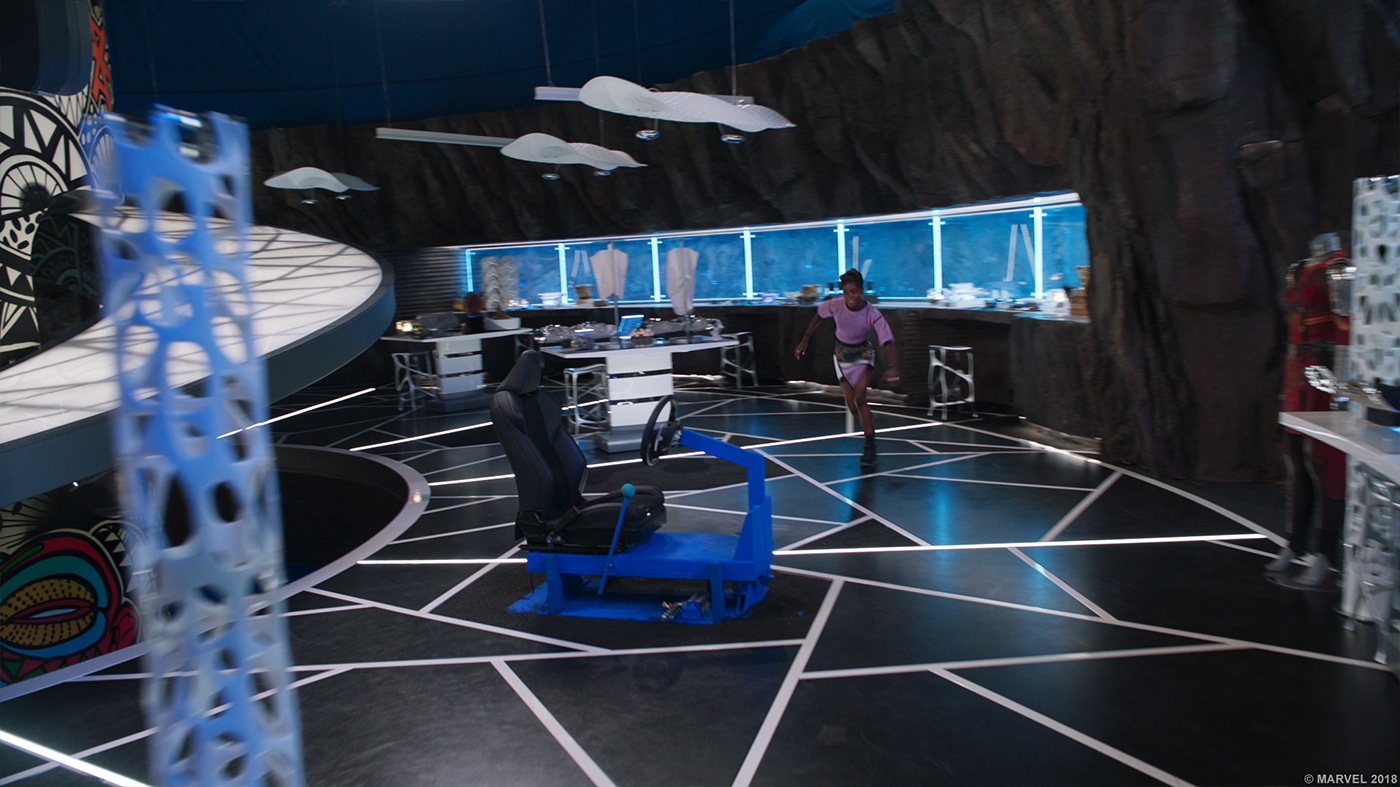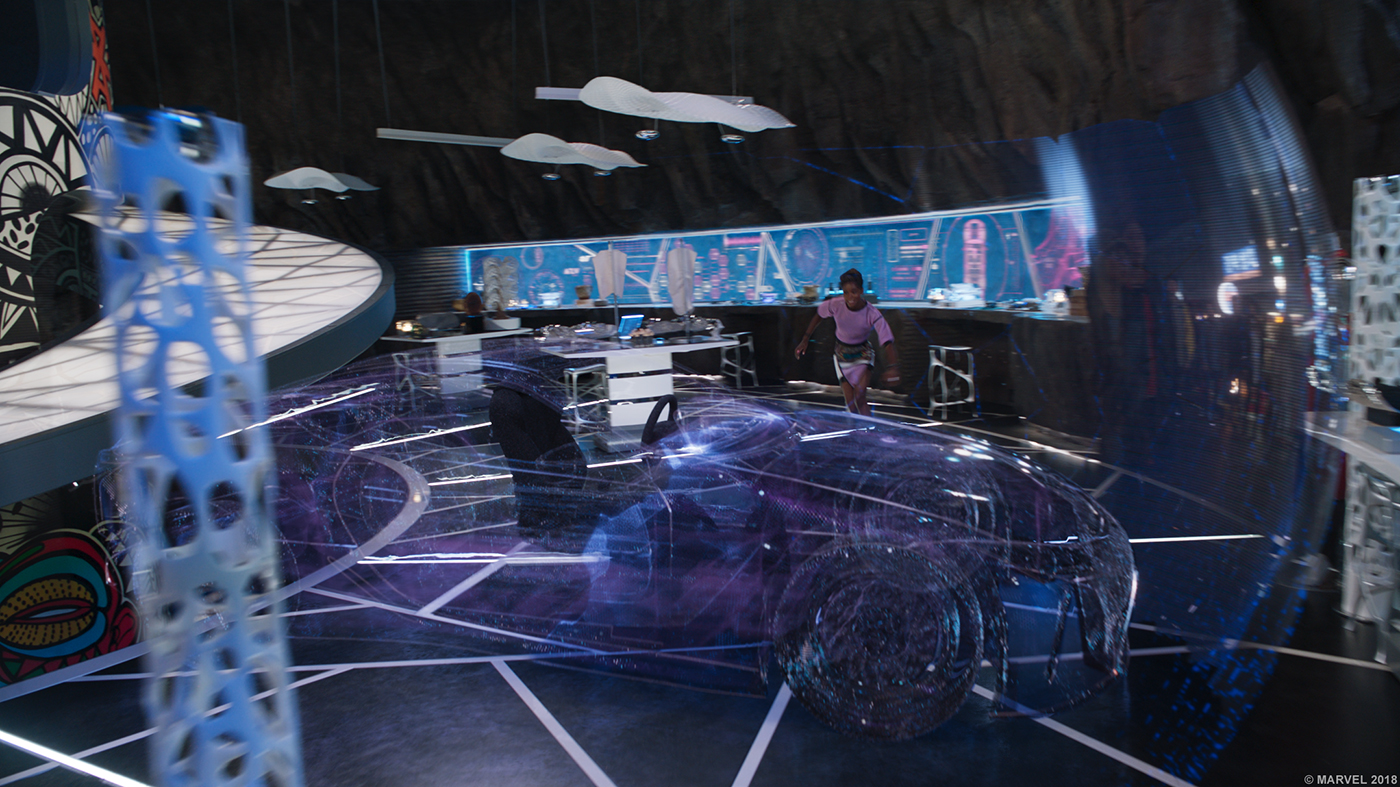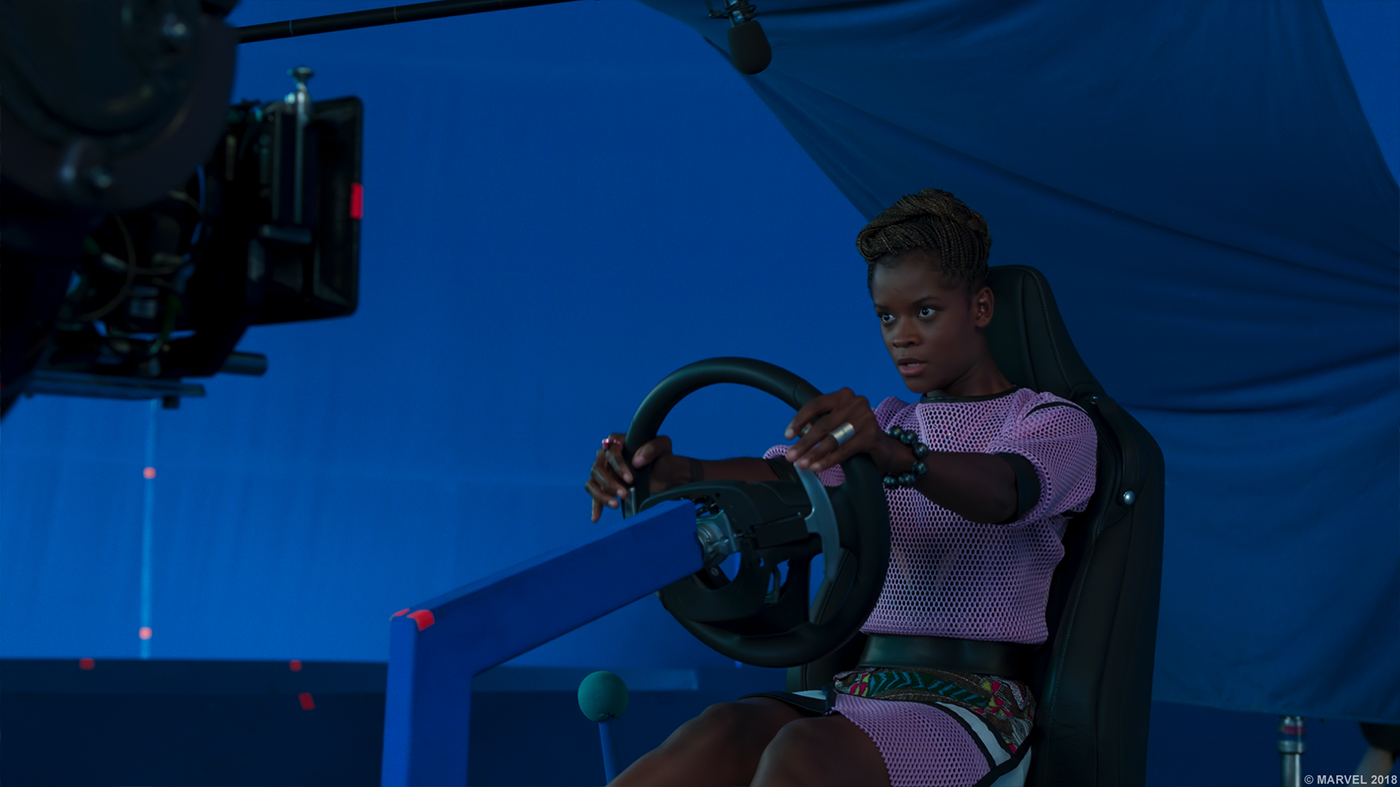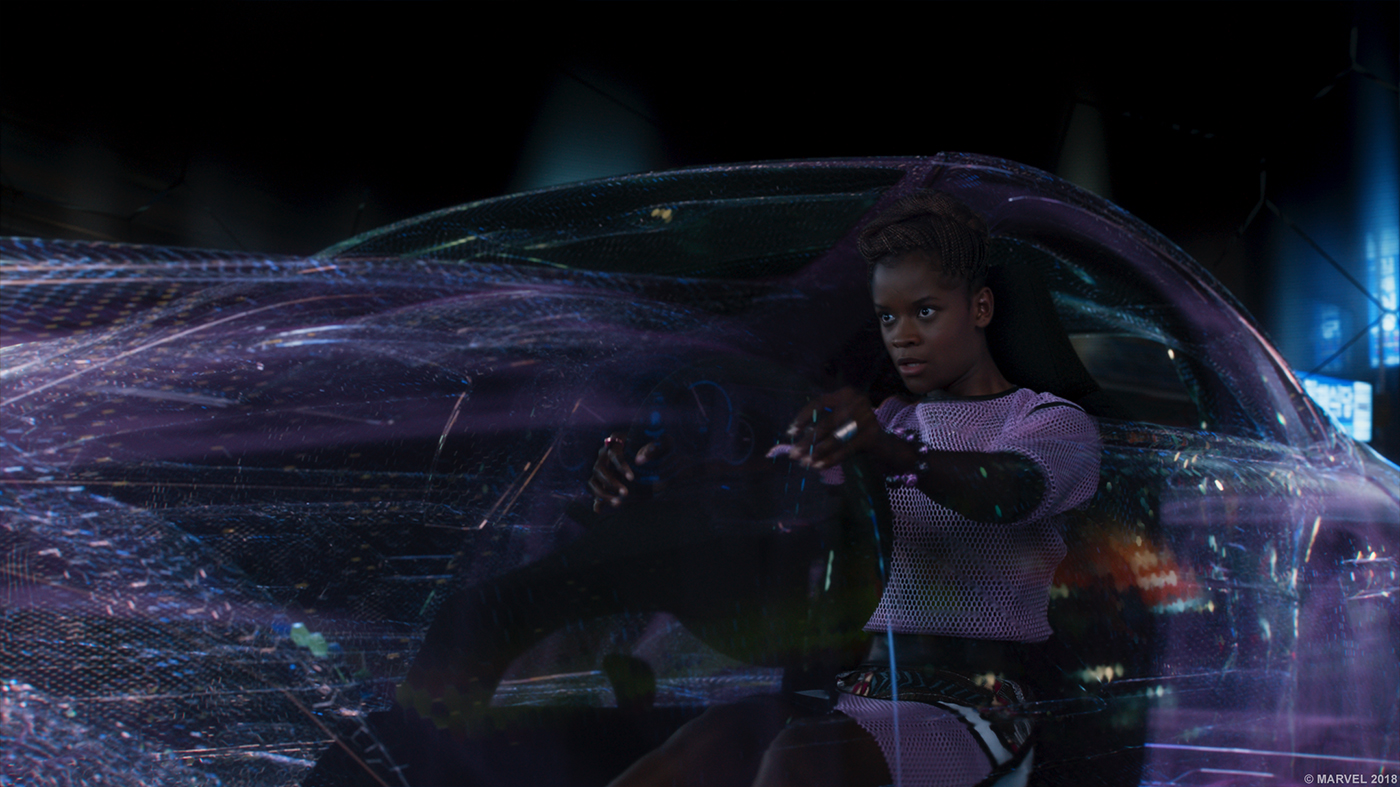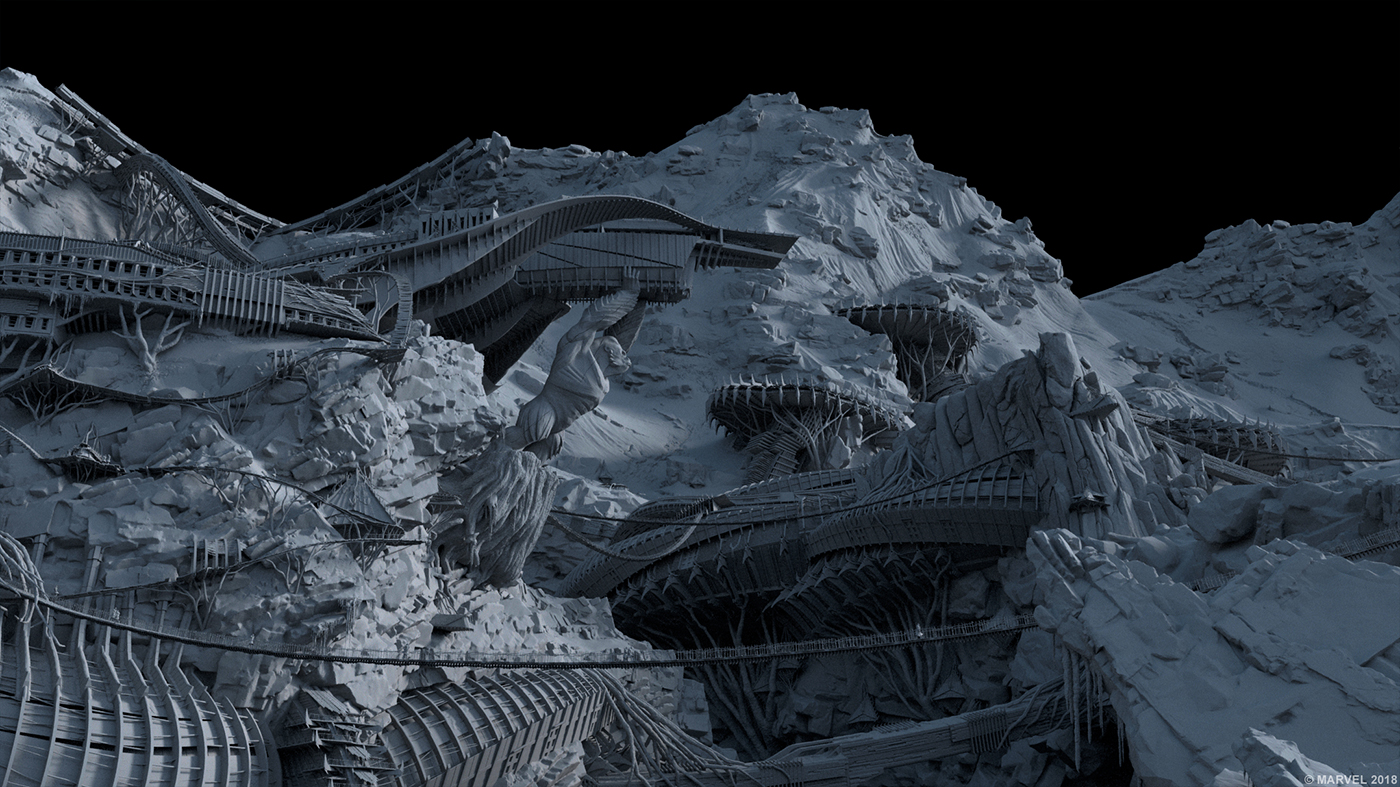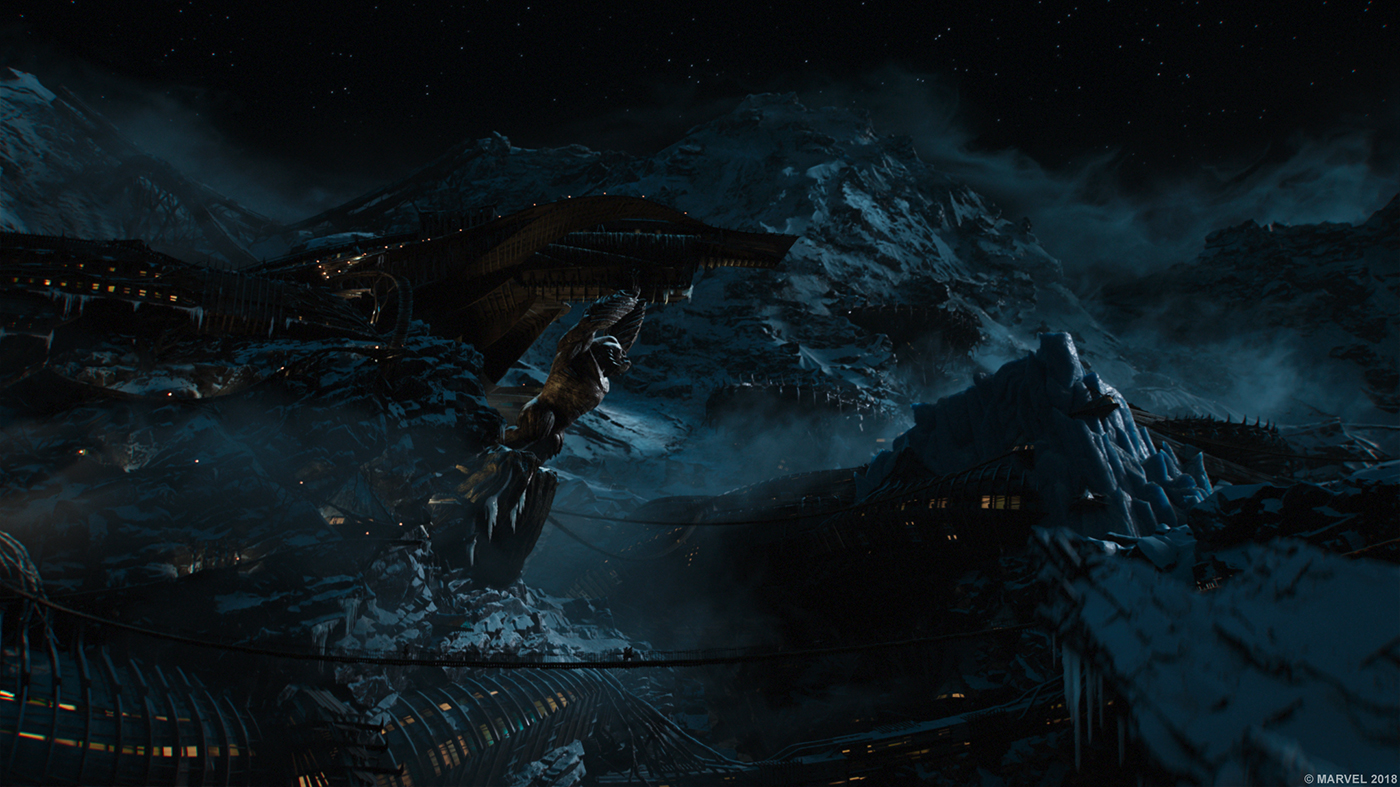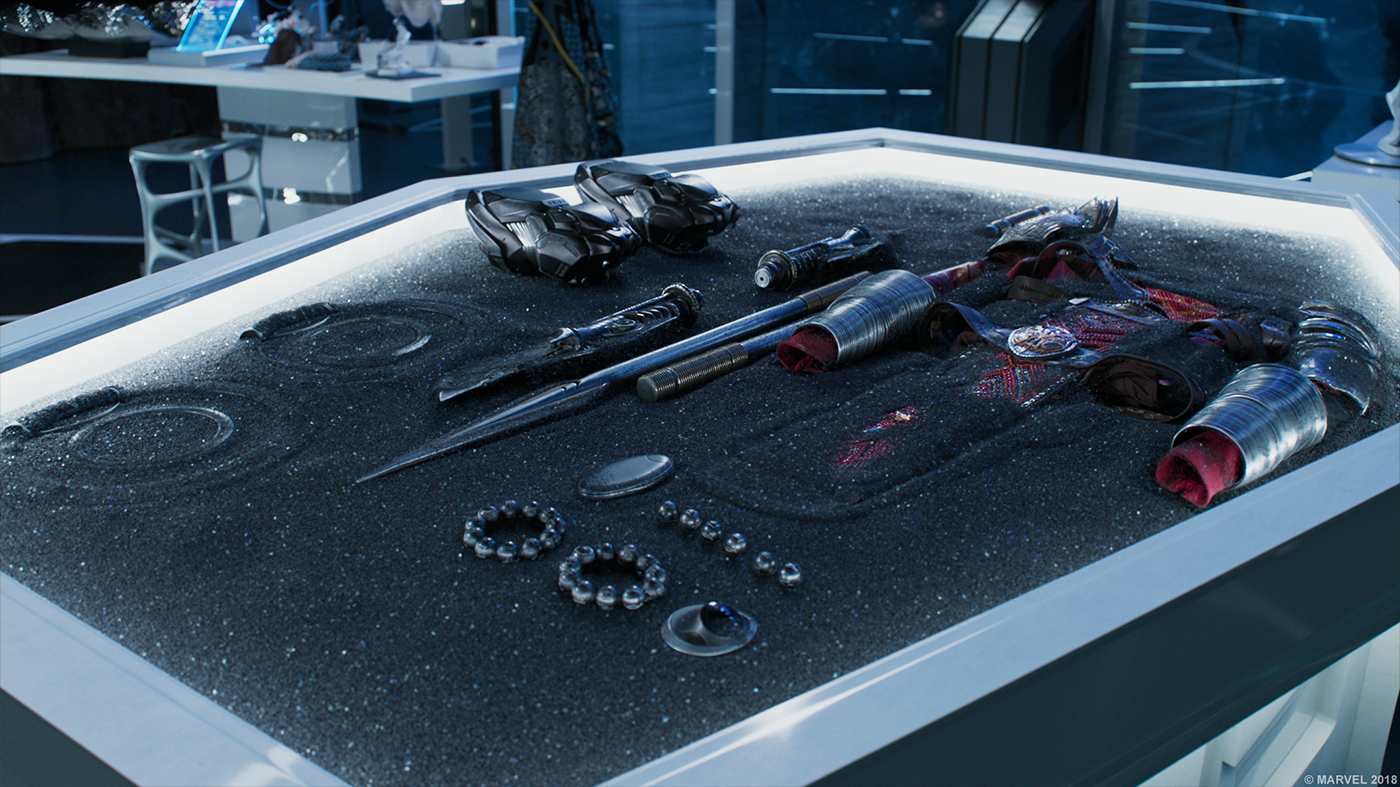Last year, Jonathan Weber told us about the work of RISE on THE FATE OF THE FURIOUS. He then worked on RENEGADES and THE DARK TOWER.
How did you get involved on this show?
RISE has a long history of working for Marvel Studios, starting with their first movie CAPTAIN AMERICA. I was part of RISE since day one and subsequently had already worked with Geoffrey Baumann on AVENGERS: AGE OF ULTRON, me back then being our Compositing Supervisor. With Marvel asking us to take on a couple of sequences for BLACK PANTHER, me having been part of their world for a while and Geoffrey having seen my work before – it was a perfect match.
How was the collaboration with director Ryan Coogler and VFX Supervisor Geoffrey Baumann?
Working with Geoff was an absolute pleasure. I first met him on the BLACK PANTHER set in Atlanta, where we shot one of the Jabari Land Throne Room sequences. From the beginning Geoff had a precise plan for how to bring Jabari Land to realization always keeping in close liaison with Ryan Coogler over the development. Although the feedback occasionally demanded sudden significant alternations it ultimately paid off with the direction we ended up going – after all we needed to come up with something fresh and invent a different, plausible type of culture than audiences are used to from the movies.
What was their approach and their expectations for the visual effects?
The approach we took for building the set extensions and full CG establishing shots followed the early decision that every aspect of our builds were to adhere to a photo-realistic quality which revolved around the existing spectrum of colors found in various African cultures.
All of the vendors received what Geoff referred to as the ‘Wakandan Bible.’ This compendium produced by the Marvel Art Department contained an immense array of African cultural references such as various materials, textures and objects; all of which created an excellent starting point for further creative discussion when imagining Wakanda.
How did you organize the work with your VFX Producer and at RISE?
Florian Gellinger, our Executive VFX Producer, and I had worked on many projects together previously, so we were already familiar with each other’s styles. Usually with him in the role of VFX Supervisor and myself as the Comp Supervisor. Not having that initial period of getting into a harmonious working rhythm helps significantly as we are able to hit the ground running. Being an experienced leader whose own energy and experience in VFX work, often transcends into our artists, always making for memorable experience.
Oliver Schulz was our CG Supervisor, Erik Schneider as Comp Supervisor, Monique Pollaehne as Line Producer plus the incredibly committed and talented 35 artists we had stationed in our Berlin facility. 12 additional artists were also based in our Munich location with Comp Supervisor Julia Strack and Producers Dominik Trimborn and Doris Huber helming that workload.
What are the sequences made by RISE?
Our teams did the primary work on the Jabari Land sequences. This included the scenes set in the outskirts, the regal Throne Room which our Munich facility created, plus the establishing shots for each respective setting. We also worked on the scene where our main protagonists are approaching the Healing Hut high up on a steep Wakandan mountain side. Each one of these required ample set extension work and complete digital environments to help embellish the Jabari Land experience.
Then there is the Laboratory sequence that features the unique Wakandan developed tech, where our heroes gear and weapons are generated from nano-bot-esc sand particles that morph into the required devices.
Additionally, we took over the intense sequence which features Shuri setting up the remotely piloted car cockpit by generating it from the same sand-particle technology a holographic car body which she can operate from. This semitransparent shell reflects the downtown Seoul street scenes where the actual chase is occurring, creating the illusion of movement shown in the car’s holographic texture.
Both the director and the studio loved the look of our work on the holographic shape and texture so we were asked to apply a similar effect in other hero shots such as a couple of those featuring the Royal Talon Fighter hologram.
How did you create the various locations within the Jabari Land Outskirts?
Our Executive VFX Producer Florian Gellinger was the lucky guy who traveled with the Marvel Locations team to Uganda where they gathered reference materials for the environments. Photos of the landscape taken from helicopters, for some Florian hanging outside to capture, certainly started us in the right direction and let us generate a glacier geometry through photogrammetry.
From the start we were well equipped in part too with the detailed work done by Marvel’s Art Department even though much of the work provided went through drastic creative changes when we merged it with the mountain scape until agreeing upon a final realization.
Various African architecture styles were also closely examined, as we began building several individual homes and structures which we then presented as turntables to production. After approval we then scattered them onto the hero Jabari Land mountain top terrain, correcting the balance to reach the desired look. The city needed to complement the rock formations perfectly, looking like a part of nature, so with every building we moved we needed to adjust the mountain back and forth.
What is your methodology for creating these big environments?
We started blocking the environments with simple geometry for buildings and mountain shapes. Raw tree trunks as buildings didn’t look futuristic enough – so we got inspiration from high tech yacht construction, using expensive wood and great craftsmanship to achieve something appearing natural yet elegant. Building on this choice of surfaces and materials we expressed the futuristic aspect by the shapes used and the way the city was carved into the mountain. From time to time we did a paint over of a still frame to show something in color and a bit more alive in addition to camera flights through the canyons for establishing shots as play blasts. In the end we also needed to make the city look good and well framed for the views from the throne room as well as the helicopter shot type establishers that required us to check all sort of angles on the city while building it. After blocking on these various perspectives was done we started detailing the city building by building.
Were some plates used or is it full CG?
We ended up going full CG. We rendered a spherical panorama of the environment that we then used as a base for the matte painting department when looking out of the throne room. That matte painting was dissected into numerous layers and assembled in comp with some CG renderings of atmospheric smoke and clouds, snow simulations blowing from the peaks and CG crowd. Obviously the matte painting approach didn’t work for the establishing shots so the environments needed to also hold up with textures and shaders without any further projections and paint work.
Can you tell us more about the impressive Throne Room?
The initial concept of the look and feel of the Jabari Land Throne Room was drawn up by the Art Department. We later started playing around with the their early ideas of a snake-like building with a narrow elongated dimension and came up with some great starting points to further develop. As we were getting closer to a final layout version, production decided to bolster the overall structure by taking a more iconographic approach in adding a caryatid-inspired massive gorilla figure which like Atlas holding up the world, supports overhead the Throne Room structure.
Can you tell us more about your work on the Healing Hut sequence?
Within the Healing Hut sequence, there were some challenges we had to overcome. We started off like we did with the Jabari Land village, sculpting a rock face, trying to tie in the set build with our CG environment in the most elegant way possible. The rocks were built so we had a naturally formed corridor leading up to the Healing Hut, CG torches illuminating the path of the group of digidoubles making its way through the snow. Obviously the digidoubles needed to leave traces in the snow which we simulated by running an effects simulation on their foot geometry intersecting with the ground. Additionally we developed a tool that could generate snow on the environment in a natural way, simulating snow fall and wind direction over a longer period of time. The scene’s action involves the burying of one of the movie’s characters with snow that was shot practically. The problem was that you can’t bury actors in real snow due to the cold – and SFX snow is usually made to cover the ground but as soon as you move and manipulate it in bulk it looks artificial. The task now of exchanging this with a digital snow simulation, in a couple of close ups, 150+ frame sequences, was intense. Fortunately, our turnarounds were not immediate, so we had the time to attentively focus on these very complicated shots from the start. Moving forward they would be some of the first to be approved.
The heroes are using holograms to remotely pilot vehicles. How did you approach these holograms?
Our set up was a task-force of two 3D and one comp artist to tackle this sequence, allowing us to be able to readily stay focused on the task, do quick iterations and present production new versions within shorter turnaround windows. We managed rather soon to find an interesting look; slick and elegant. Ryan Coogler wanted the hologram to have a more symbiotic nature when connected to Shuri, who pilots the car. The energetic and radiant qualities of Shuri’s character are mirrored in the pulsating hologram.
Moving highlights and added reflections of the Busan street environment turned the otherwise static hologram into a rapidly moving vehicle. We decided on a hexagonal shaped grid composition that morphs into the car’s silhouette with the retraced environment being reflected off of the body. An idea I liked a lot particularly came from Jesse Chisholm, the 2nd VFX Supervisor on the project from Marvel’s side, was to have the hologram react to Shuri’s voice. Whenever she speaks the hexagonal texture illuminates as if responding in a natural conversation between the two. Once we all saw the sequence cut together, it was apparent that having gone in this direction really added to the overall impression of Shuri’s character and further added to the remarkable Wakandan developed technological arsenal.
Which sequence or shot was the most complicated to create and why?
If I were to gauge difficulty per specific technical intricacies then certainly the Healing Hut digital snow substitution due to the proximity and length of those shots. The scenes featuring the holographic car body were aesthetically the most challenging as we were initially limited by not having specific reference material for the desired look. Ultimately I am very proud of what my team came up with and hopefully the work produced can in the future help other productions by serving as holographic reference material.
What is your favorite shot or sequence?
Without a doubt my favorite has to be the establishing exterior shot of the illuminated Throne Room at night. The pairing of the chosen camera movement pushing in as it goes over the Jabari Land mountain top really brings to life the various structural compositions making for an impressive panorama of the village. CG Supervisor Oliver Schulz and his team really outdid themselves on this one.
What is your best memory on this show?
Again, nailing the final approved holographic look for the car body within the timeframe we had made me very, very happy.
How long have you worked on this show?
RISE began work on BLACK PANTHER back in March 2017, which included a trip to set where we oversaw the filming of our initial awarded sequences. From there production continued to grow until we peaked months later in November with the last shots beginning to be delivered at the beginning of the New Year. Ultimately almost 10 months total for us.
What’s the VFX shots count?
We ended with having worked on 183 individual shots.
What was the size of your team?
Approximately we were made up of 35 people during our busiest weeks here in Berlin and 14 down south in our Munich facility.
What is your next project?
We are thrilled to have already begun working again with Marvel Studios on the upcoming instalment of AVENGERS: INFINITY WAR – so stay tuned!
A big thanks for your time.
// WANT TO KNOW MORE?
RISE: Official website of RISE.
© Vincent Frei – The Art of VFX – 2018


